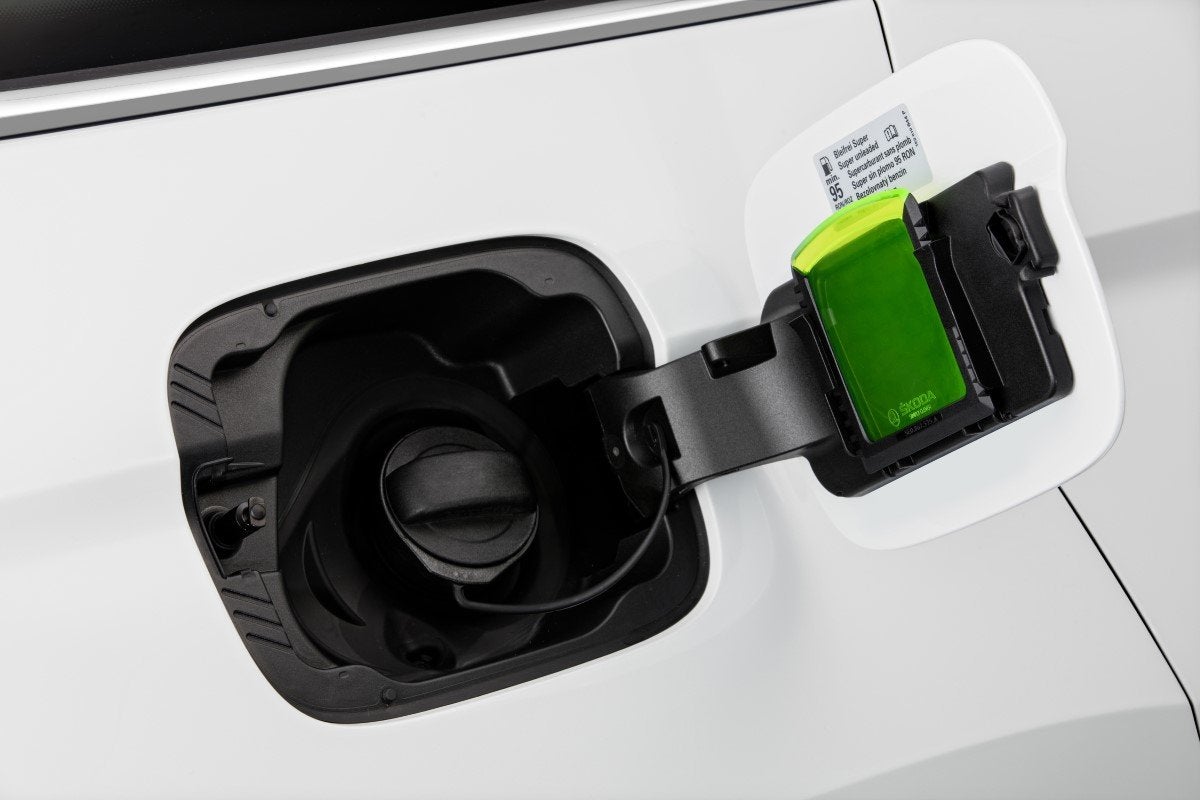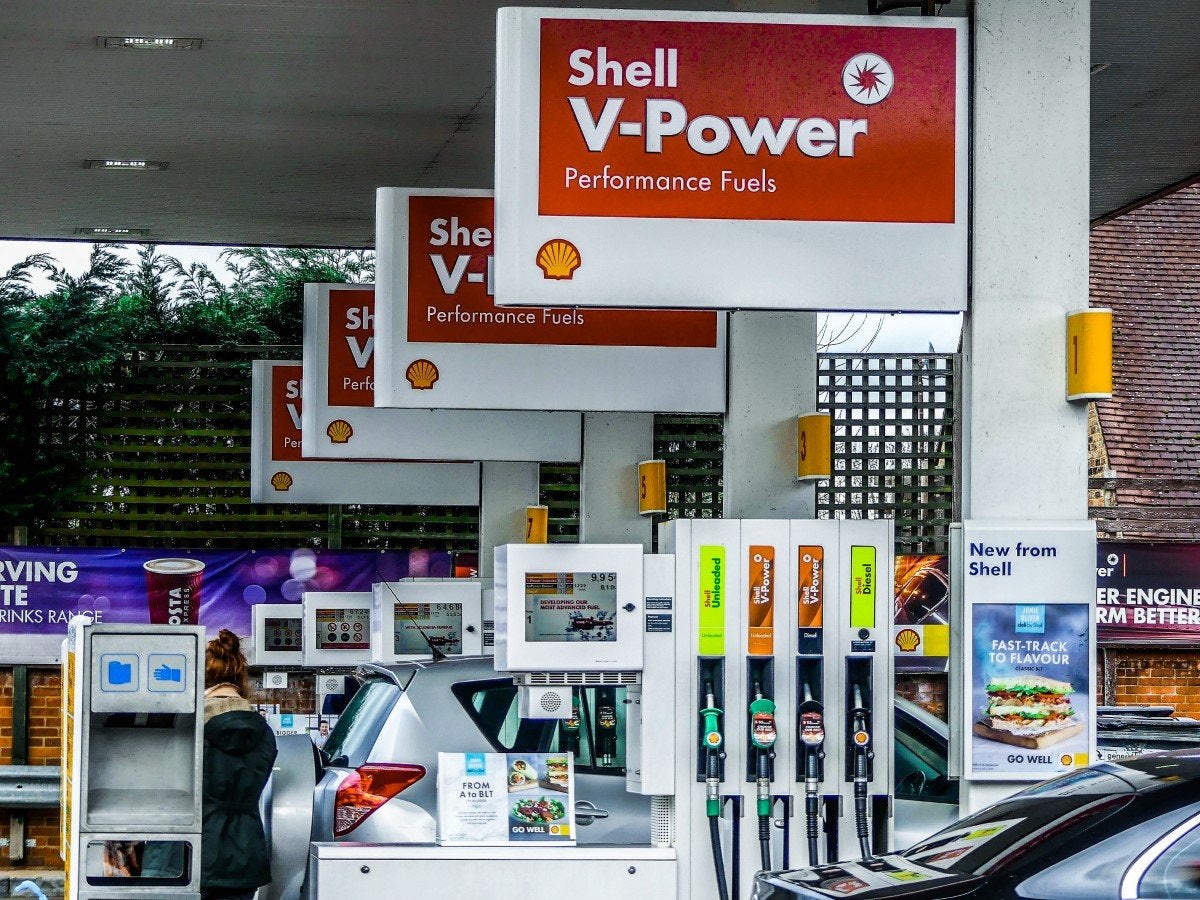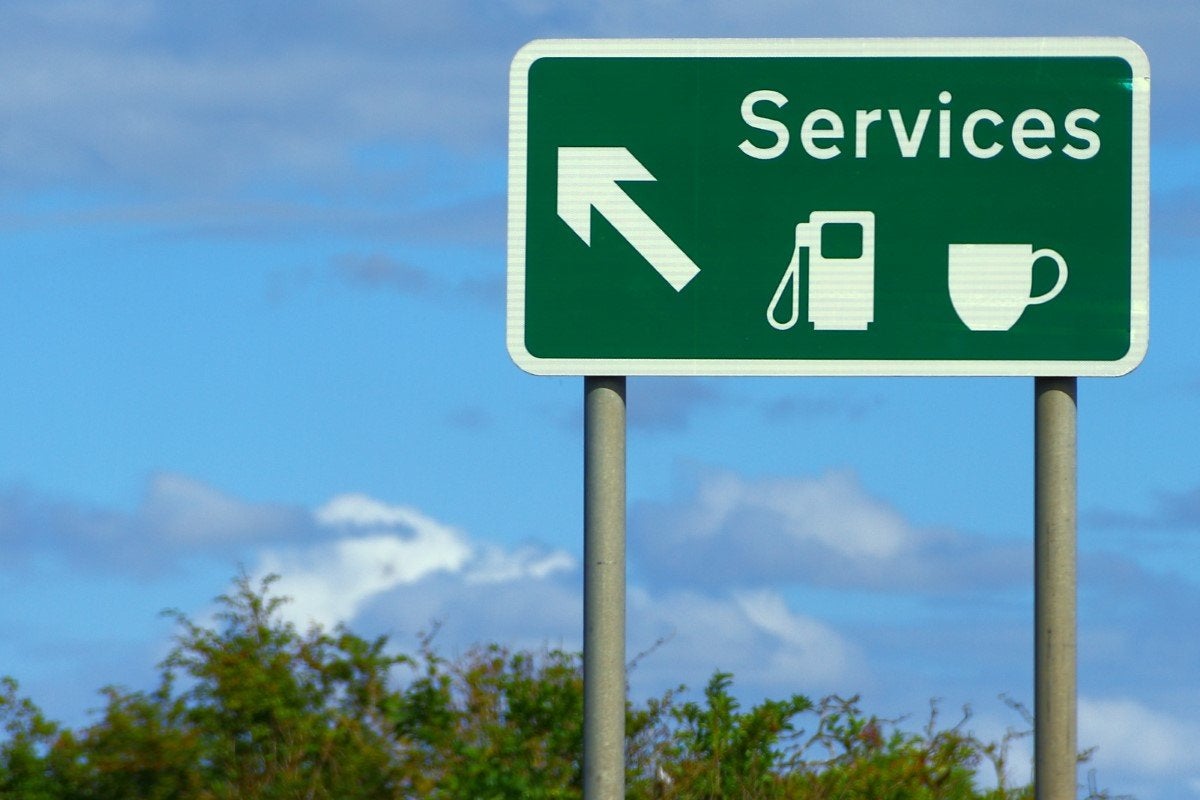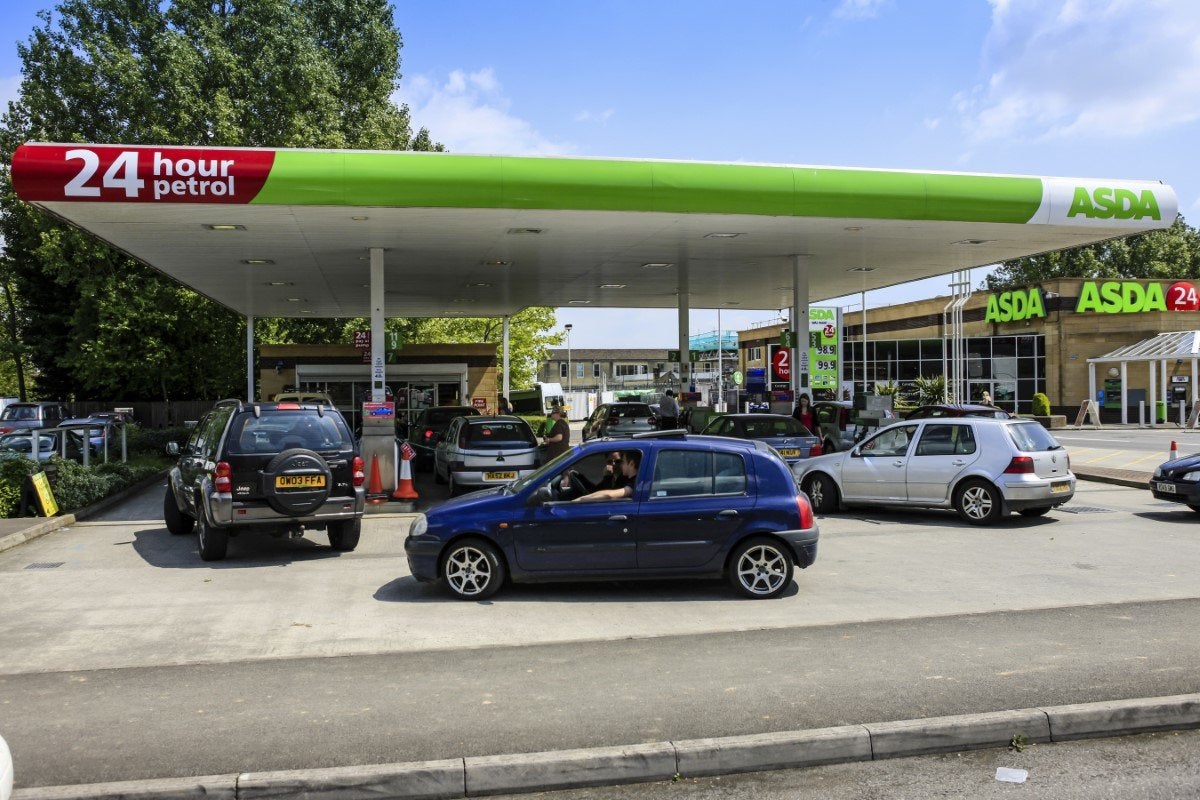E10 petrol, introduced nationwide around the UK in September 2021, is part of efforts by the UK government - along with governments around the world - to reduce emissions caused by transport. It’s claimed that the introduction of E10 fuel to the UK is the equivalent of removing 350,000 cars from the UK’s roads – or around 750,000 tonnes of carbon dioxide emissions.
The idea is that, by mixing more ethanol from renewable sources into the fuel sold on petrol station forecourts, the CO2 emissions from road transport have less of an impact. The downside of this new type of unleaded fuel is one of compatibility for older and classic cars – its prolonged use can damage the engines of some older cars.

E10 Fuel: Is Your Compatible with Greener Petrol?
- What is E10 Fuel?
- What are the Downsides of E10 Fuel?
- How Can I Find Out if My Car is Compatible with E10 Fuel?
- Which Cars Are Not Compatible with E10 Fuel?
- My Car Won’t Run On E10 Fuel. Can I Still Buy E5 Petrol?
- Does E10 Fuel Affect Fuel Economy?
- How Much does E10 Fuel Cost?
- FAQs
What is E10 Fuel?
Since the late 2000s, fuel retailers have been selling petrol and diesel blended with a renewable element in an effort to effectively reduce the carbon dioxide emissions produced by the cars we drive. In the case of petrol, this has meant the use of E5 fuel, which involves up to 5% bioethanol refined from renewable sources.
E10 has a larger bioethanol element, with up to 10% of the fuel mix being bioethanol. As of September 2021, all forecourts in Great Britain and Northern Ireland have offered E10 fuel from their regular-grade unleaded petrol pumps, rather than E5 petrol.
The increase in the amount of renewable ethanol mixed into petrol means less reliance on dwindling fossil fuel resources. It also reduces emissions from the tailpipes of cars, as it’s produced as a by-product of the fermentation of sugar, grain produce and wood waste. The switch to E10 petrol is projected to save approximately 750,000 tonnes of CO2 every year – that equates to a drop of around 2% in carbon emissions.
This move has happened because the Department for Transport’s own Renewable Transport Fuel Obligation strategy states that 9.75% of all fuels for transport must be from renewable sources – biofuels such as biodiesel or bioethanol – by 2021.
What are the Downsides of E10 Fuel?
Most modern cars have no trouble using E10 fuel. In fact, all new cars sold in the UK and the rest of Europe since 2011 are E10-compatible by law. However, there are many cars for which E10 petrol simply isn’t suitable. The RAC Foundation says that there could be as many 634,000 petrol cars on the road in the UK that shouldn’t use E10 fuel. While this includes many classic models, it also includes plenty of relatively modern cars – often older, cheaper runabouts used by motorists on tighter budgets.
Among the issues that E10 could cause with older cars is that fuel with a greater ethanol content is more solvent, and could therefore dislodge deposits often found in older engines and fuel lines, which could lead to fuel system problems. The corrosive nature of the fuel could also lead to damage to some metal components (such as carburettors and fuel pumps), plastics, seals and gaskets.
How Can I Find Out if My Car is Compatible with E10 Fuel?
If you want to find out whether or not your car will accept E10 fuel, you can use the government's own online fuel-checker. This information is drawn directly from data shared by the car manufacturers themselves, and the government says that approximately 95% of the petrol vehicles on the road in 2021 are compatible with E10 fuel.
It’s also important to note that the compatibility issue can also relate too motorcycles and mopeds, with some older models not being compatible. However, the good news is that you can also use the gov.uk online fuel checker to check the compatibility status of your two-wheeled transport.
And obviously, E10 compatibility is no issue whatsoever for drivers of diesel cars or electric cars.

Which Cars Are Not Compatible with E10 Fuel?
Generally speaking, the majority of cars that are incompatible with E10 petrol are older vehicles – classic cars and those that were built in the '90s and earlier. However, some more modern everyday runabouts built since 2000 won't accept the new fuel mix. According to figures from the RAC Foundation, there are more than 130,000 cars on UK roads, built since the millennium, that shouldn’t be run on E10.
These are mostly cars from the early 2000s, but cover plenty of very common models, including more than 25,000 Volkswagen Golfs, more than 18,000 Mazda MX-5s and more than 15,000 Nissan Micras. Below is a list of the 10 most common makes and models that are incompatible with E10 fuel (note the list doesn't apply to all generations of certain models - visit the Government's E10 fuel-checker tool if you're unsure):
- Volkswagen Golf (28,066)
- MG B (20,890)
- Mazda MX-5 (18,162)
- Nissan Micra (15,785)
- Morris Minor (12,796)
- Rover 25 (9,879)
- MG F (9,352)
- Ford Escort (8,947)
- Rover Mini (7,614)
- MG TF (7,568)
Other notable non-compatible models include many Audi A4s made up until 2008, some Renault Lagunas, Meganes and Espaces, and some Volkswagen Golfs, Polos, Tourans and Boras made before 2006.
If you do accidentally fuel an incompatible car with E10, it’s not the end of the world; most experts agree that running with this fuel on a one-off basis won’t cause any lasting damage. So unlike mis-fuelling a diesel with petrol or vice-versa, there’s no need to drain the fuel tank to avoid engine damage.
Should you put the wrong fuel in, you can run the car safely. However, it’s a good idea to top up your tank as soon as you’ve used some fuel with a premium E5 fuel also known as super unleaded; this will help to dilute the mix of the higher-ethanol blend that you filled up with in error.

My Car Won’t Run On E10 Fuel. Can I Still Buy E5 Petrol?
If you are uncertain as to whether or not your car will run on E10, there’s no need to worry for now – you can still get petrol with an E5 mix. Larger fuel retailers continue to stock regular-grade E5 on their forecourts, labelled as ‘protection grade’.
That only applies to filling stations that sell more than three million litres of fuel a year, however, so for a guaranteed source of E5 petrol and to be able to avoid E10, motorists will need to look at premium fuels with a higher octane rating. Generically known as super-unleaded, examples include Tesco Momentum, BP Ultimate and Shell V-Power. Protection-grade pumps may also eventually be phased out as the number of incompatible cars dwindles and motorists are encouraged to use E10 wherever possible.
Does E10 Fuel Affect Fuel Economy?
E10 fuel is less efficient - albeit very marginally - than blends with a lower ethanol mix. So, compared to using ‘protection grade’ E5, using E10 will lead to slightly worse fuel economy from your petrol engine. However, if you are forced to use super unleaded E5 instead, then that fuel’s higher octane rating - which means it burns more efficiently - will actually mean you get better fuel consumption.
How Much does E10 Fuel Cost?
The price difference between E10 and standard-grade E5 is very negligible, so if your car isn’t compatible with E10 but you live near a big petrol station that stocks the protection-grade stuff, then there will be barely any difference to your fuel costs. However, there’s a far bigger price difference between E10 and premium-grade (super unleaded) forms of E5, so if you can’t get regular access to protection-grade E5 on a regular basis, then running your car on a premium grade of petrol will prove significantly more expensive.
FAQs
What is E10 fuel made of?
E10 fuel is made from regular petrol blended with bioethanol at a mix of 90% petrol and 10% ethanol. The ethanol used is produced as a by-product of the fermentation of sugar, grain produce and wood waste.
What are the advantages and disadvantages of using E10 fuel?
The advantages of E10 fuel are that the ethanol in it is renewable, making fuel reserves go further, and using it cuts carbon emissions. The disadvantages are that it can’t be used in some older vehicles because prolonged use may damage some engine parts.
What is the difference between E10 and E15 fuel?
E15 is a biofuel that’s made up of 85% petrol and 15% ethanol, so it has a higher ethanol content than E10. E15 is not widely available in the UK, but is used a bit more widely in the USA.

